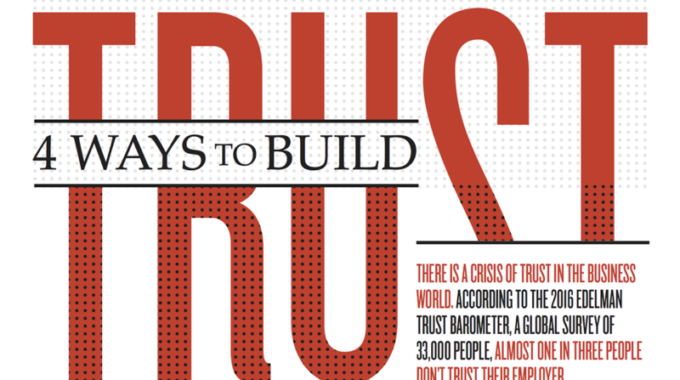Leaders tend to create teams in ways that do not include an understanding of team…

How HR Assessments improve your bottom line
Are you a CEO who believes HR issues don’t affect your company’s bottom line? Think again.
An article in this December’s Harvard Business Review details the amount of time wasted each day on people problems in the workplace, and attached the dollar value of these problems from the surveyed executives. Read the article here.
The No. 1 item on the list? Bad hires. The estimated cost to companies? More than $8,000 per day.
Even as a seasoned HR professional, the article gave me pause.
Why do employers spend less time investing in talent selection and development than they do deciding on an equipment lease?
I’ve been in organizations that let managers who are untrained and incapable of making a quality hiring decision be allowed to do so only to find out that new hires aren’t a good fit for the position and/or they leave the organization at the first opportunity.
People problems cost time and money.
How can an organization prevent people problems?
Poor hiring decisions and inappropriate people/position matches are costly on several levels. Imagine that a sales manager hires a weak candidate for a sales role and it takes 90 days into the new hire’s time with the organization to see the impact of the poor selection decision.
How much has the training investment cost? How costly was the interviewing process? How much time and negative impact on the client accounts has occurred?
In addition, the company will invest more time and expense in terminating the new hire, then sourcing and interviewing again to fill the position. Along the way, the organization has a continuing vacancy in a key position.
Too many times I’ve heard that the decision on the new hire felt good to the hiring manager in his/her gut. What does this mean? I may invite a candidate I like “in my gut” to my house for a barbecue but that doesn’t mean I would hire the same person to fill an important role in my organization.
Assessments: An ounce of prevention.
So what can be done to get ahead of these potential problems?
HR assessment tools are an effective way to provide insight into new hire candidate selection decisions. Assessments help determine how individuals think, solve problems, what their default and stress behaviors are, their values, ethics and natural skills or talents. Some assessments measure behavioral style while others measure a person’s ability to deal with stress and change.
Assessments can also predict success at a particular job. While skills can be taught, if someone doesn’t have the temperament for a position they’re unlikely to succeed. That’s a waste of everyone’s time and money.
These management tools, as part of a comprehensive HR strategy, can ensure high levels of employee job satisfaction and performance – but only if you use them properly. When administered and interpreted by trained professionals, behavior and personality assessments can ensure better hiring decisions, motivate current employees or manage team conflict, give feedback on job performance, build teams, increase employee productivity, and establish a culture of success.
For example, one of the assessment tools I use is the Hogan Personality assessment. It can provide insight by:
- Predicting job performance by helping you hire better people that fit your organization.
- Evaluating career derailers by identifying and mitigating performance risks that can degrade leadership success, erode relationships and damage professional reputation.
- Identifying potential by finding and allowing you to develop your organization’s next generation of top talent.
- Developing leadership by creating strategic self-awareness.
- Pairing with 360° data and other performance indices.
After applying assessments to its sales hiring process, one engineering company increased revenues and profits from improved project completion on time, at or under budget, with greater client satisfaction. The company doubled revenue and tripled gross margin per salesperson in 12 months.
If you’re interested in increasing productivity and overall business success through hiring and developing the best employees for your company, consider using behavior and personality assessments as part of your HR strategy – before, during and after hiring. Because if you have any of these significant HR challenges, incorporating behavior and personality assessments into your hiring and performance measurement process could be a big part of the solution.



